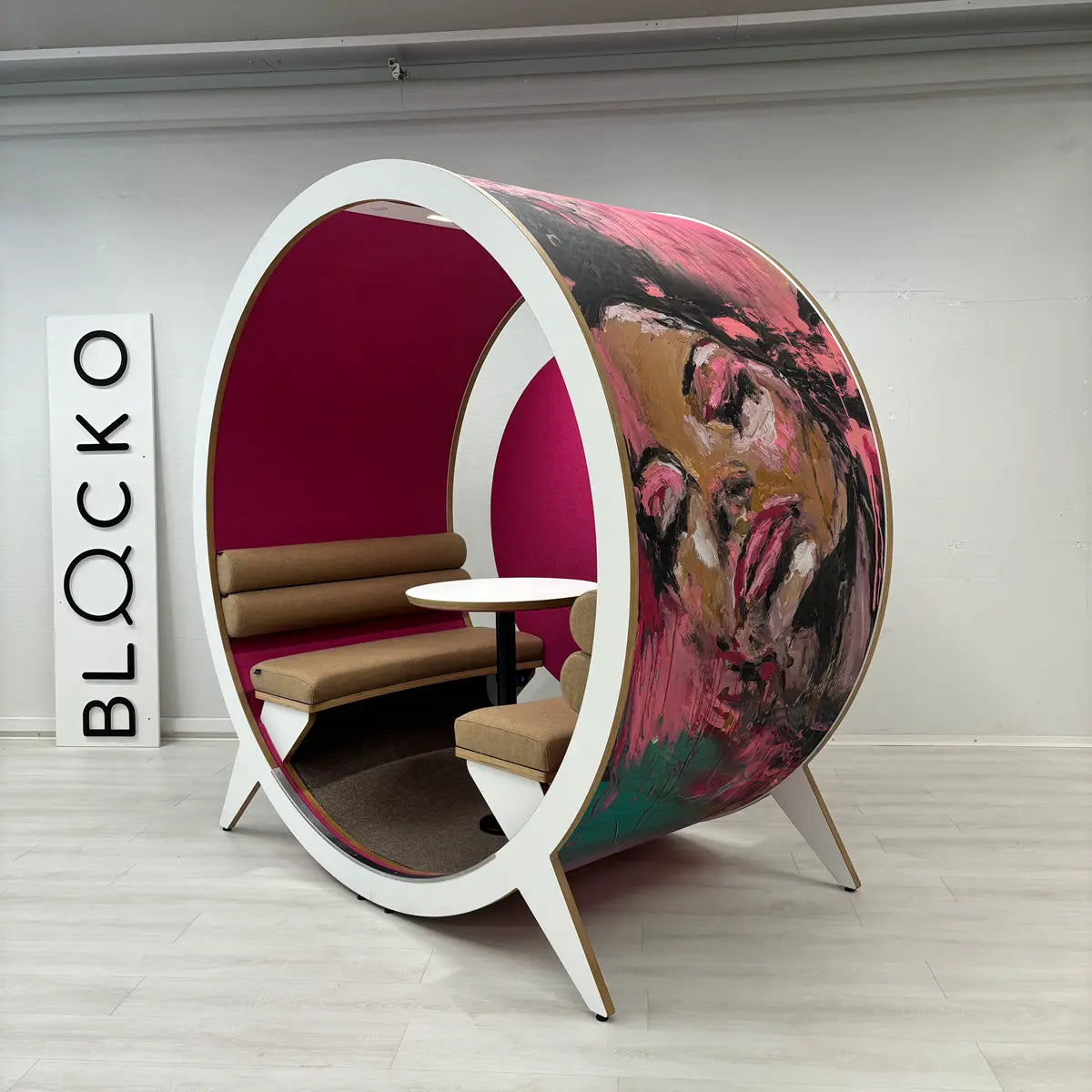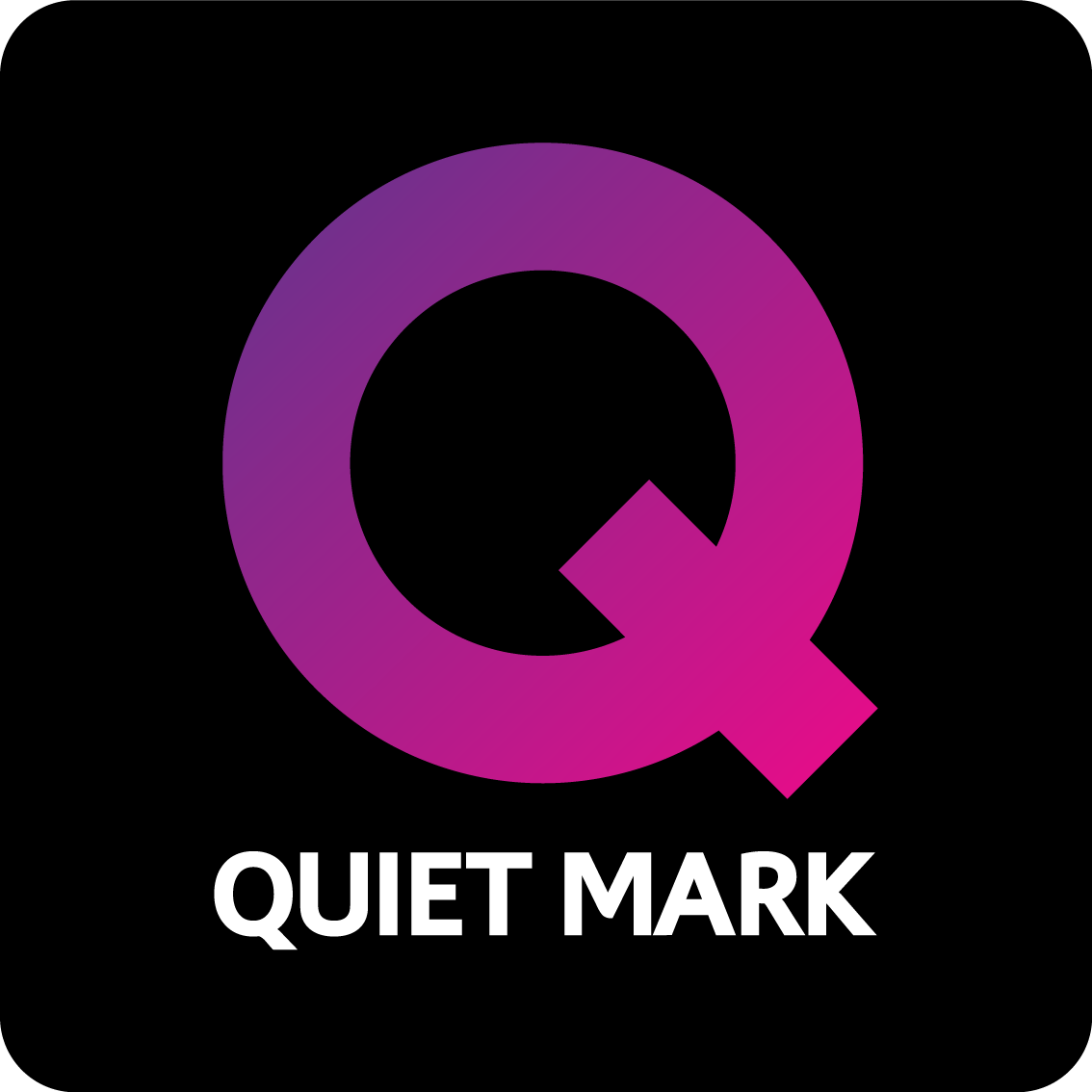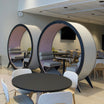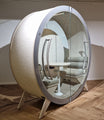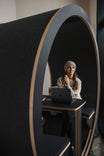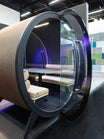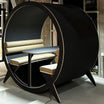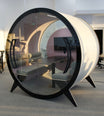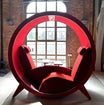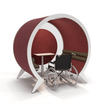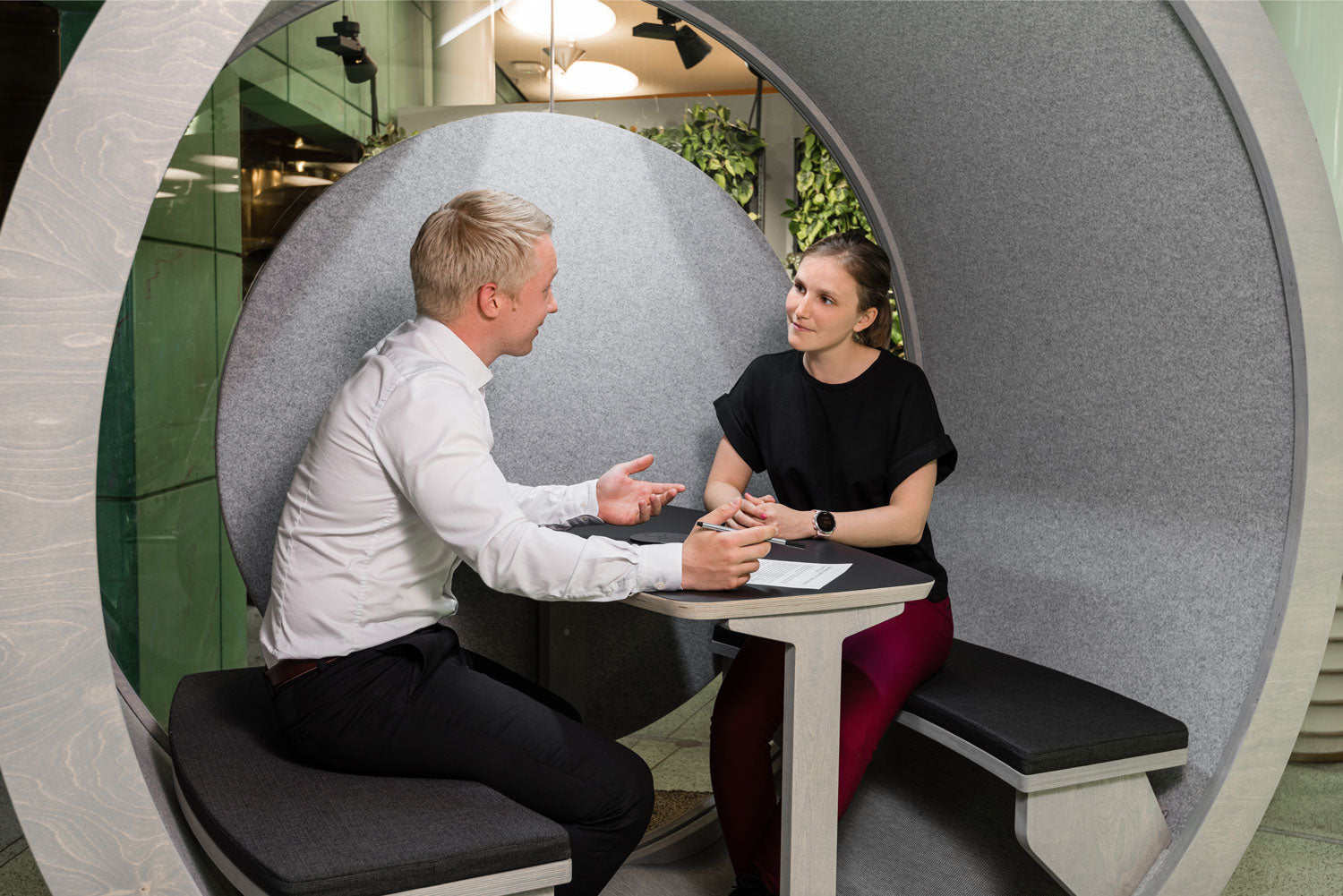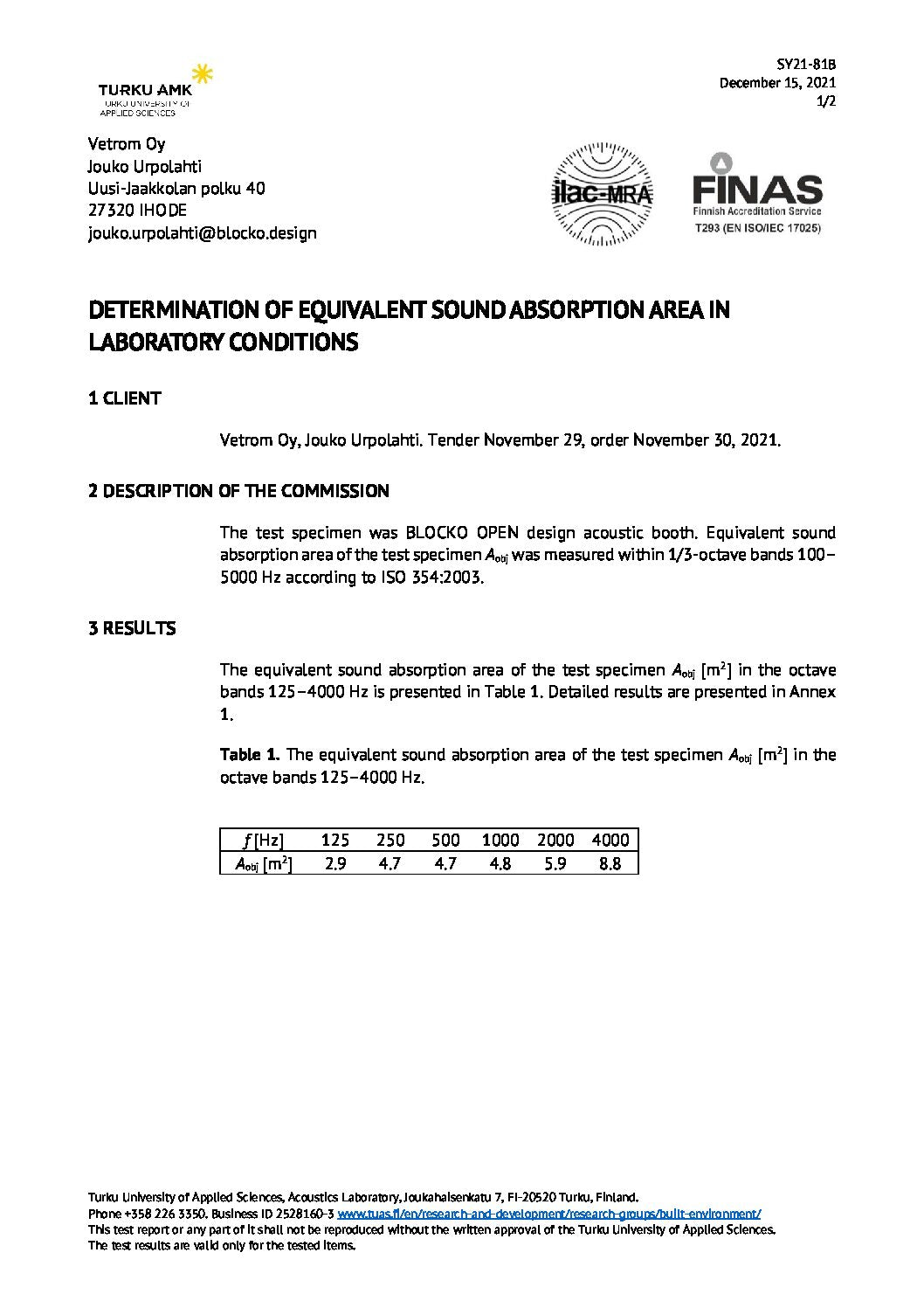
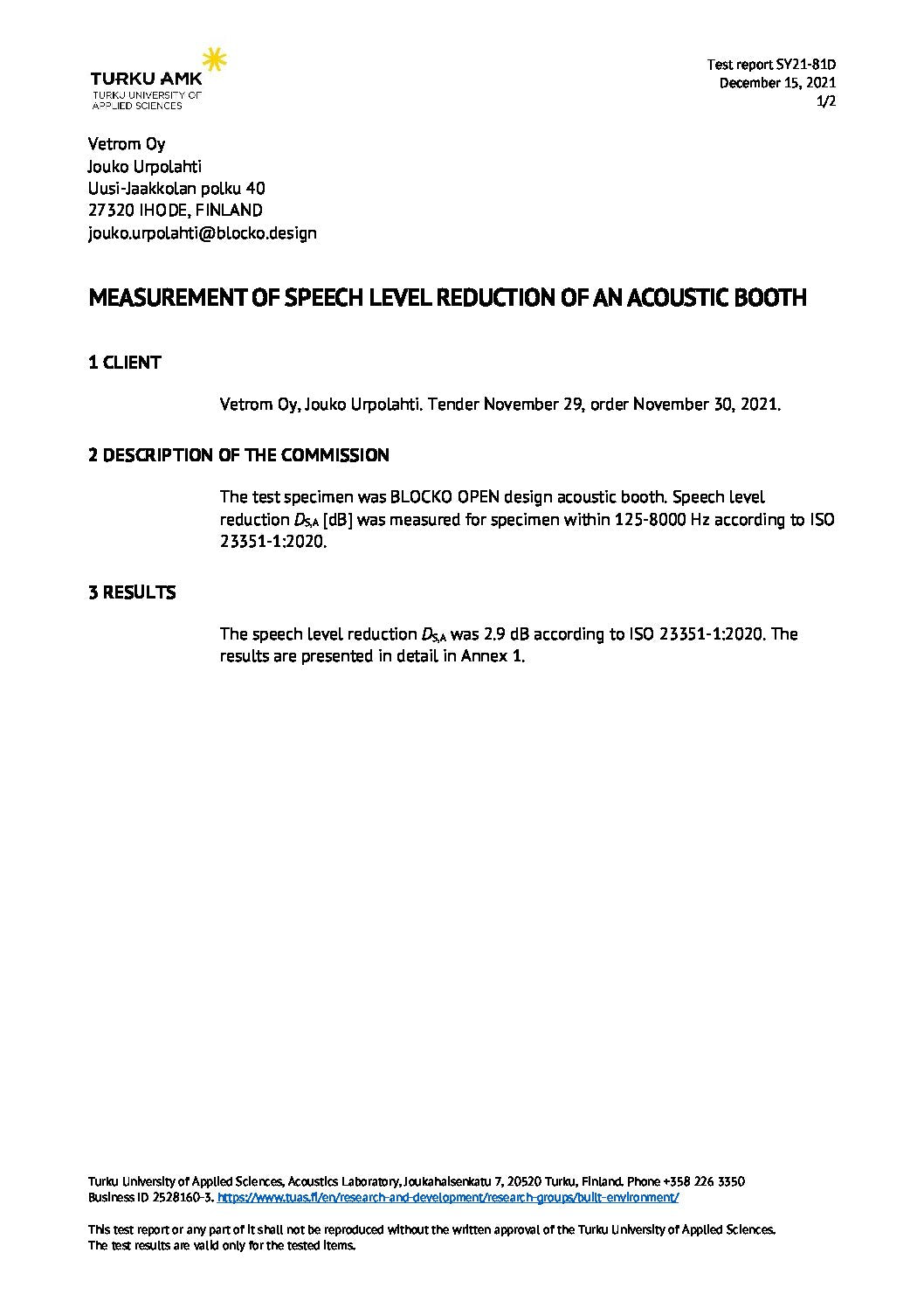

BlockO - Acoustic features
Quiet Mark
What is Quiet Mark?
Since its ground-breaking launch 10 years ago, in 2012, Quiet Mark, the independent global certification programme associated with the UK Noise Abatement Society, has pioneered a platform for consumers and industry specifiers to easily find the quietest high-performance products and leading solutions to unwanted noise, to support public health and wellbeing.
When consumers and trade buyers see the distinctive Quiet Mark Q logo on a product, they trust that it has been thoroughly tested and certified as one of the quietest available on the market.
In February 2020, they launched their Acoustics Academy to provide a new online directory of expertly verified solutions for every building type, to support the new era of responsible design.
What drove them to measuring acoustics of appliances and materials?
Because sound measurement is complex and not easily understood, consumers don’t have
time to evaluate and compare the sound output of each product, yet an ear-splitting juicer
sounding off every morning, pings and bleeps from appliances, a rumbling shower pump or
annoying extractor affects concentration, makes one irritated and builds up unnecessary
stress which can affect health negatively in the long term.
The Quiet Mark team felt it was very important for consumers and trade buyers to have an expert definitive
guide to the quietest products currently on the market, year on year, across all product
categories. Quiet Mark was created as the trusted third-party certification programme to
serve public health, supported by expert acoustic evaluation.
How does Quiet Mark assess and certify products?
In order for non-sound emitting, acoustic enhancing building materials and office furniture to achieve Quiet Mark certification, manufacturers are required to submit full acoustic test reports to the Quiet Mark technical team, as well as information on the different types of buildings and/or environments it could be present at. The testing, carried out to exacting ISO standards, should show the effect of sound when interacting with the product or surface. For acoustically designed products, like the BlockO and BlockO Base, need to demonstrate an acoustic benefit, such as sound absorption (to reduce reverberation and provide good speech conditions) as well as sound attenuation (to stop the spread of speech from within the booth to other areas and vice versa).


